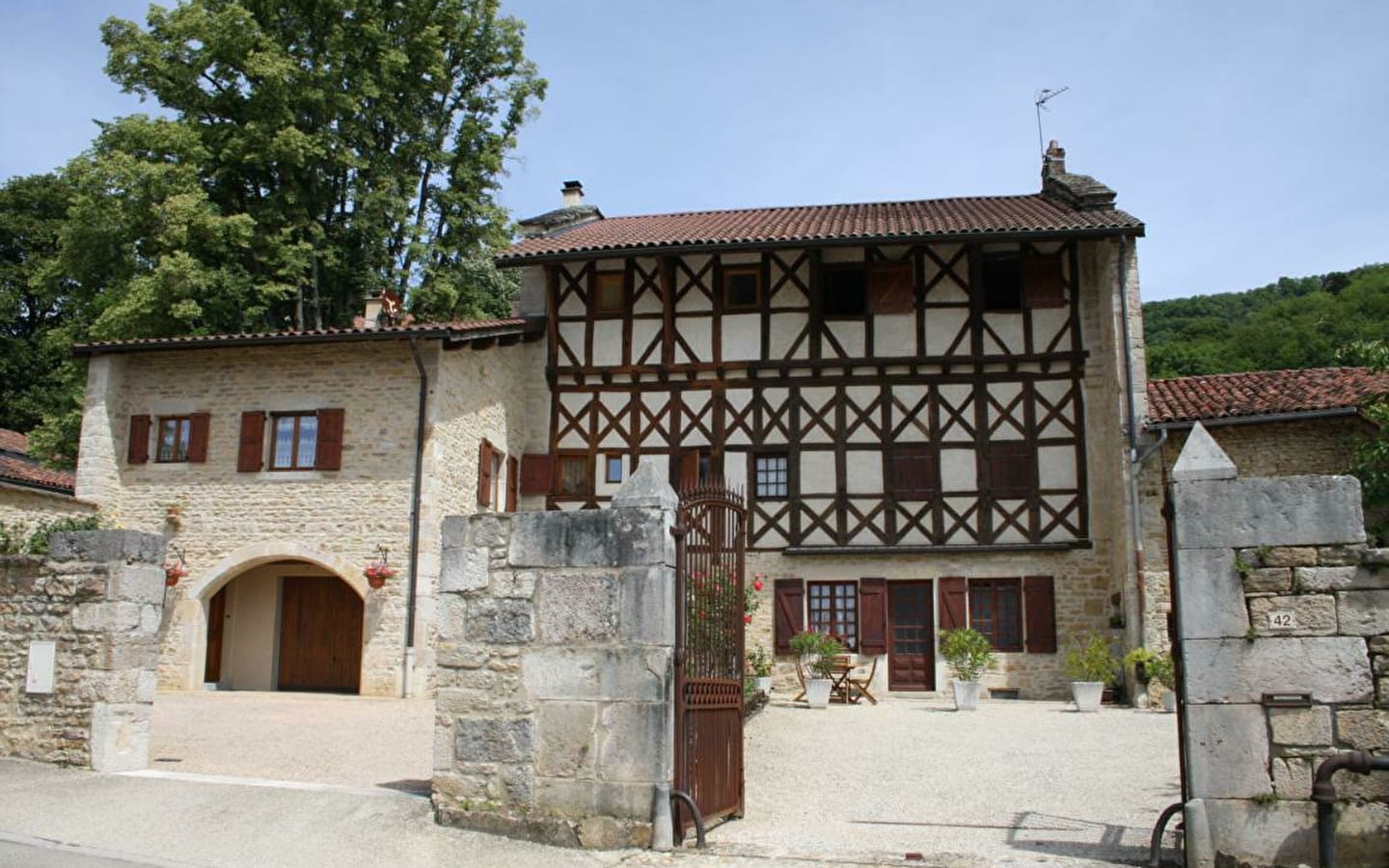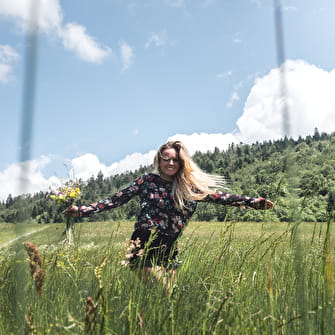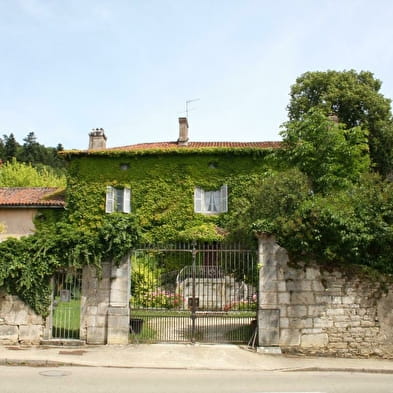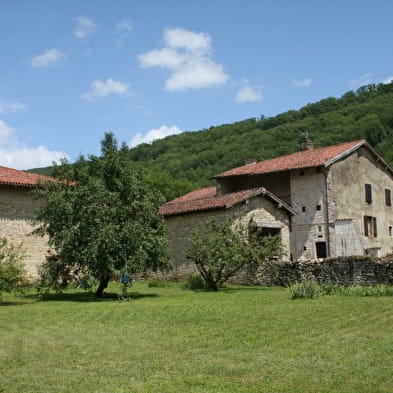
Village de Cuisiat
The old village in the south, where the original church was located near the cemetery. This square is worth a visit with its typical houses.
La Vallière to the north, near the Revermont museum. The present church dates from 1873, the former convent of the Poor Clares from the 15th century. On the square, the old wine press is a reminder of the region's great wine-growing past.
The Intendant Bouchu, in his "Déclaration des biens de Communautés" around 1665-1670 says this about Cuisiat: "The name of the parish is Cuizia. There are three fiefs: La Motte, Montfort and Grand Mont. There is only one hamlet: Rozy. François de Mairia was the successor of the lord Perrachon de Saint Maurix, marquis of Treffort, and was baron of Rozy. Louis de Lucinge is lord of La Motte. There are 80 inhabitants who are considered poor. Situated at the foot of the mountain which separates Bresse from the County of Burgundy. There is no trade, nor can any be established there. There is no river, no bridge, no passage. There are forests and plains. Wheat and rye are sown and a little oats. There are about a quarter of vineyards. There are more than 100 hay wagons......... "
If the village was indeed poor and sparsely populated around the 1670s, it changed a lot over the following centuries. In 1802, Cuisiat had 860 inhabitants. Its population, essentially agricultural, has also evolved, since today there are only four farms.
In 1873, phylloxera was reported for the first time in Cuisiat. This plague heralded the end of the vine in the Revermont and the establishment of the first fruit factories, the local name given to cheese factories.
Like many villages in the Revermont, Cuisiat was partially burnt down by the Germans on 17 July 1944. Rebuilt since then, the old and new villages form a harmonious whole.
- Pets not allowed
- Picnic area
- Parking
From 01/01/2025 to 31/12/2025









